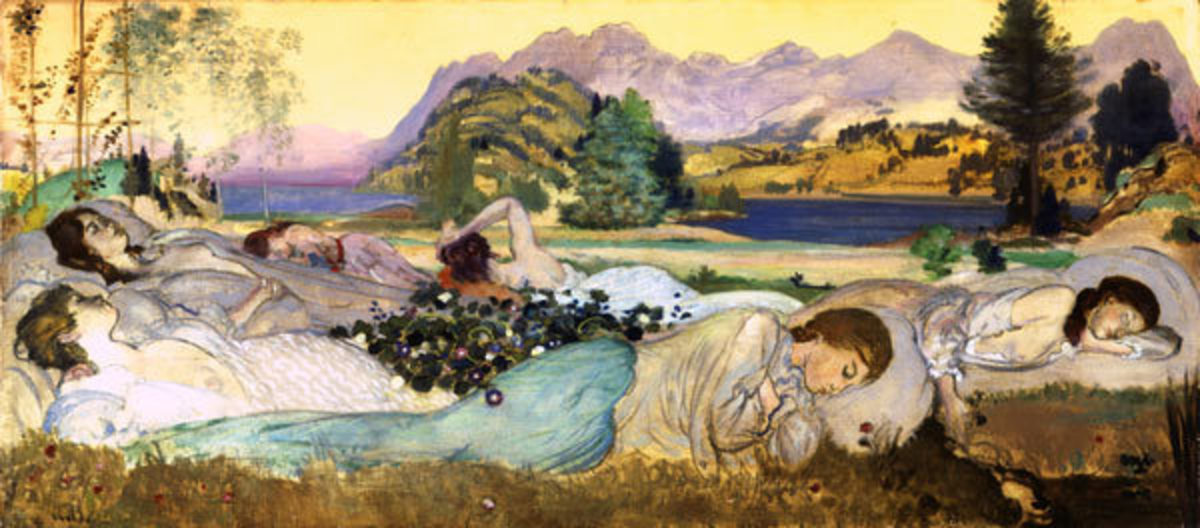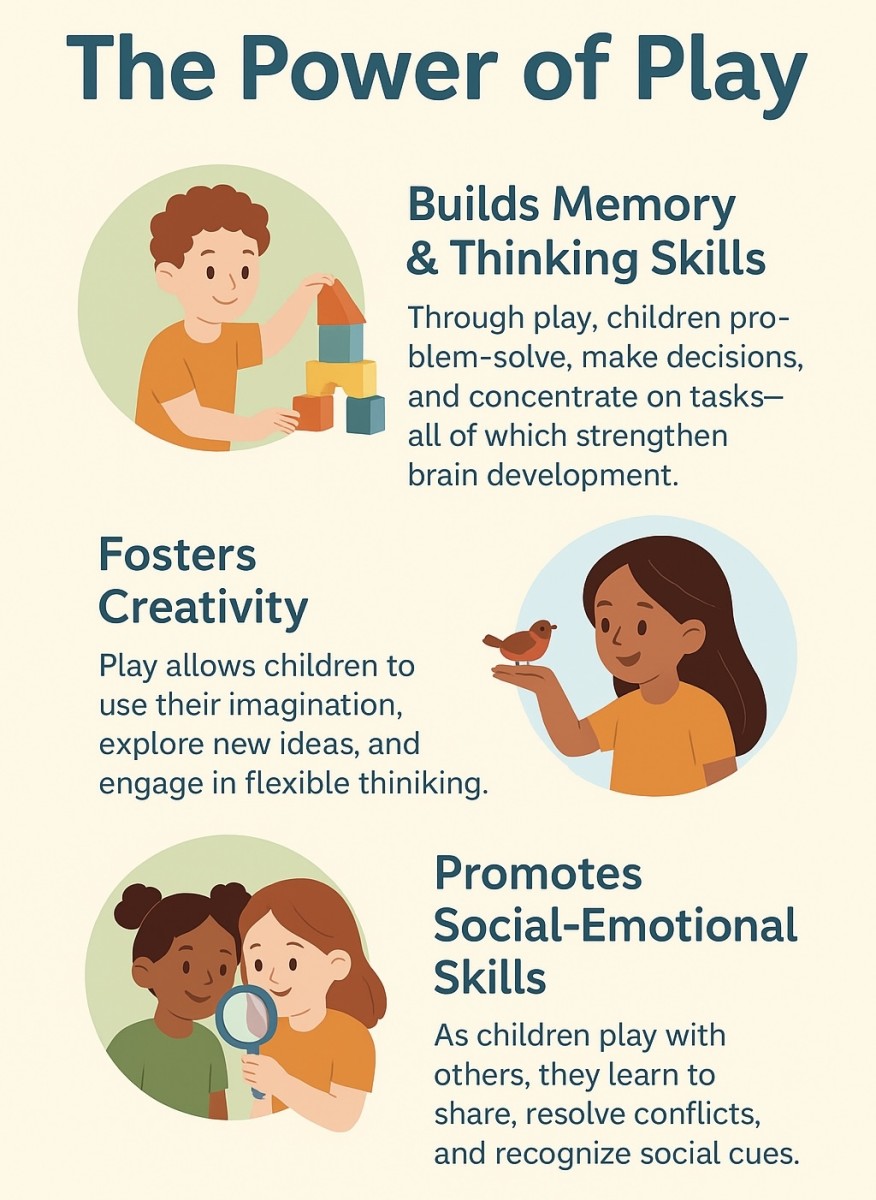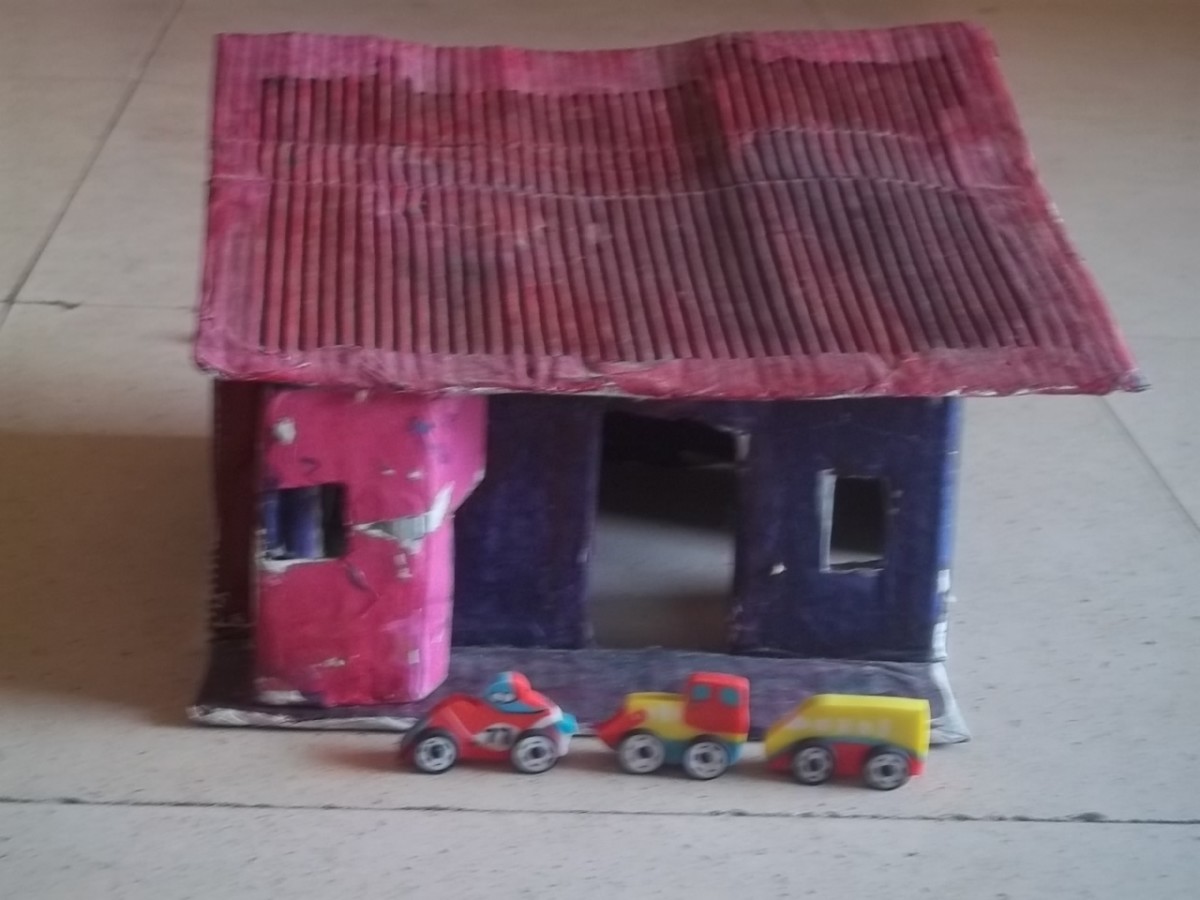How I increase or maintain creativity
Creative Projects

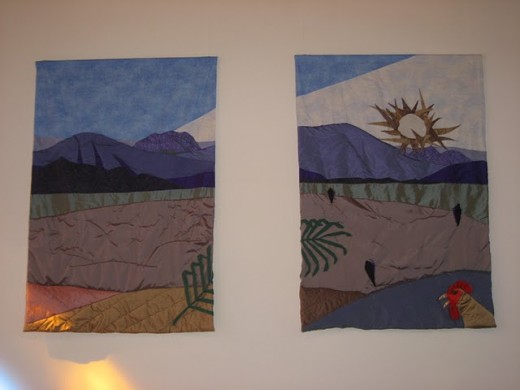

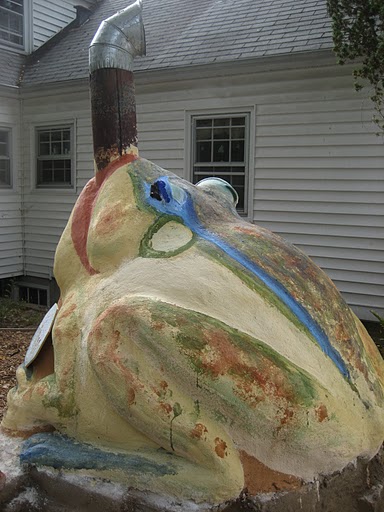
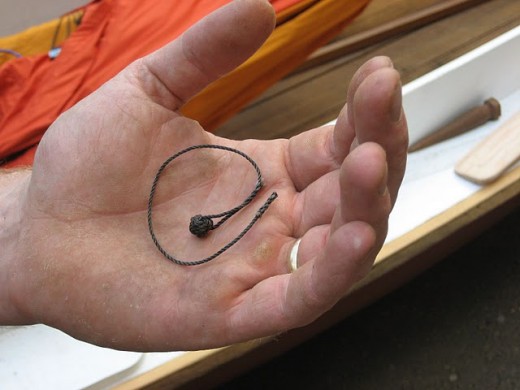
How do you increase or maintain creativity?
I've been thinking of this a lot lately, since I have creative projects waiting for my attention. Helping myself increase creative production is one thing, since I don't panic about it (much). Teaching others creative skills is a whole different set of challenges, since most art students are not yet fully settled into their creative process (and in some cases, have spent a lifetime being trained in the opposite direction).
Here are a few things I do to foster my own creativity:
1) Set aside time and space - clean the desk, or the kitchen table, and make sure there is a freezer-meal and no outside commitments. Just like you would for a romantic dinner with your sweetie, create time and space for yourself and your project to be alone together.
2) Go out seeking inspiration. My godmother said, "I know it's good art if it makes me want to paint." What makes you want to be creative? Storms on the beach, rain on roses, city lights, a big bag of glitter-glue and bike parts, a bike ride or jog (the rhythm gets me going on poetry), visiting funky parts of town or favorite shopping places (especially places with found-art and materials, like thrift stores or (lucky me) our local recycle-craft center).
3) Let things stew a while. I might get a good idea from an evening out, a nature walk, or a talk with my sister. I might do some preliminary sketches, work out the themes and scale and so on - but then let it slide to the back of my mind for weeks or months for unconscious improvement. When I have creative time available, the idea is generally ripe to be expressed - and sometimes, it announces itself as ready to be created whether I have time or not. I've learned that this 'fallow time' is essential to producing good work, and without it I can work for months with only mediocre results.
4) Don't skimp the process or materials - practice like you plan to play it.
I don't paint as well on pre-stretched canvas as I do on my own custom-sized pieces, which I make only after I have my idea in mind. I like masking a tidy border on the paper, and washing brushes thoroughly so I can go right back to work the next time inspiration strikes. Practice: do some miniature sketches, or try out a new varnish on a small sample of the material. Use the best materials you can afford. Don't be thinking ''what if I screw up and waste it," be thinking, "what if this one just gets lucky and becomes my masterpiece."
5) Join creative groups, classes, or volunteer projects. Some of my best creative time has been for things like the local high-school theater, church landscaping, decorations, and community-based projects like festivals. I love working with other people to create something larger than ourselves. Everybody brings their own talents, and nobody has to wrestle their demons alone.
6) Find solitude if needed - in my experience most people either get up early, or stay up late, to find some private time.
7) Ask for help. Go online, post in art forums or read up on techniques you want to try. Take a community college class to get resources and advice. Set up a 'creative night' with a friend so you both keep at it. Hire a teacher you like for a private class.
8) Keep notes / review old notes. A corkboard or wall of inspiration helps. Sometimes when I'm really feeling stuck, I go through the attic or basement. Clear away old papers, re-prime old canvas, update old blogs - but keep a few in a 'time capsule' so I'll have something to go back to again next time.
9) Get serious. One of my favorite authors built the habit of self-discipline like this: "I started by making myself sit at my desk for an hour a day. I didn't have to write, but I wasn't allowed to do anything else. When I could write for an hour, I increased it to two, and so on until I could go a full 8-hour day, with short breaks and lunch."
You don't have to write. You don't have to create. You don't have to do anything. But if you can get to the point where you expect yourself to work on it every day, or at the same time every week, the juice starts flowing and you simply create more stuff by virtue of being there.
As far as encouraging creativity in others... or in the classroom...
Many students, especially adolescents and adults, become paralyzed by fear when confronted with a creative project. Sometimes it's fear of failure, sometimes (oddly) fear of success, of being seen as a show-off or making others jealous. Sometimes it's feeling inadequate about skills, or materials, or just frustrated because the old visions don't quite fit and the new ones aren't ripe yet.
The key is to encourage lateral thinking.
That means:
- No right or wrong answers.
- See what's there - step back, turn it upside down, connect imaginary dots.
- Play. Open-ended play. Pose interesting challenges with no right answer, or a few answers that require going beyond the obvious to fully succeed. Try making something ridiculously small, or large, or a color not based in reality. One of my Hampshire College courses had a lesson where we laid down an entire field of wet red oil paint, then allowing ourselves one color to start with (blue or white, your choice). We were painting a figure model in a brown bathrobe on a brown platform. After over an hour working in this limited color palette, the teacher (Judith Mann?) gave us another 40 minutes to turn it into something using any colors we liked. It led to some very satisfying, and surreal, artwork that was way outside our normal styles, and totally blasted away any fear of using up expensive paints.
- Avoid comparing your work to others - and as a teacher, avoid doing advanced work in front of novice students. Let each piece speak for itself, and be willing to adapt your vision to accommodate a new and exciting possibility that the art suggests.
Long-term apprenticeships can benefit from a working relationship between peers and masters, but short-term classes evoke the school system's unfortunate practices of 'grading.' Rewarding success, and punishing failure, turns out to be very counter-productive to creative thinking of all kinds - as described recently by Ken Robertson and Daniel Pink among others.
To counterbalance the 'school trauma' for novice artists, as much as possible, encourage students to focus on the intrinsic experience of the process, rather than external judgement and rewards. If they are doing well (meaning they are focused and intent), let them continue uninterrupted; if they are biting their nails or crumpling their paper up, offer specific technical tips or a listening ear to find out what the problem may be.
If critiques are part of the class, and you have not participated before - try to give literal observations based on your aesthetic experience ("That shade of red is arrestingly vivid" or "I can almost taste lemon merengue") rather than subjective judgements ("It's great work," "It sucks," or worse, "This is my [least] favorite piece in the whole show.") To rank things as best or worst is much less useful than fully describing your physical, emotional, and aesthetic reactions. The value of a critique to the artist, beyond getting a thicker skin, is in getting a reality check on the reactions we are trying to inspire in our audience, such as discomfort or rapture. "I like it" may be polite, but "I like the bright colors" or "I like the soft lines" is much more useful.
- Practice imagination and original creation from an early age. Working from kits or coloring inside the lines can be useful to build basic skills, but it can outlast its usefulness and become a crutch that keeps people from developing their own creative problem-solving potential.
- Avoid becoming possessive or 'precious.' If necessary, give the piece away. The best writer in a senior group I coached had a shocking habit of tearing up every piece as she wrote it. It drove everyone else nuts because her pieces were some of the best there, but she didn't think anything of it and always preferred to create something new. Tearing up 'bad' work is as bad as clinging to 'good' work, but the detachment it creates does seem to foster more creativity whereas clinging to an almost-perfect work seems to stifle it.
That's what I've found so far. I'd love to hear from other artists, teachers, or curious folks who want to become more creative.

